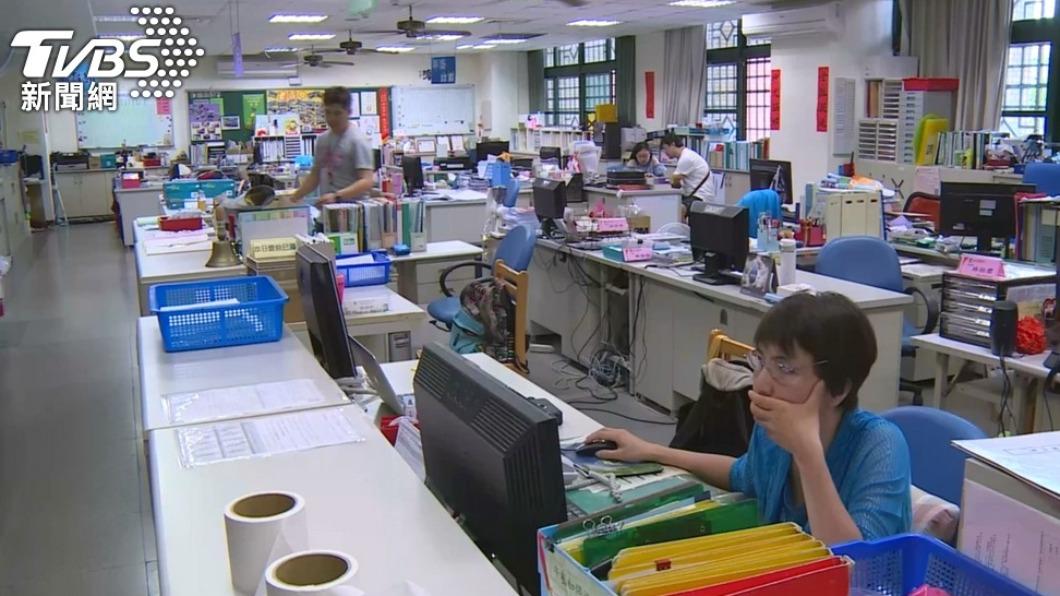TAIPEI (TVBS News) — Taiwan's Directorate-General of Budget, Accounting and Statistics (DGBAS) reported on Monday (Dec. 11) that from January to October, the average regular earnings for employed workers stood at NT$45,441, marking a 2.49% increase over the same period last year.
This growth is the lowest in the past three years, with total earnings, including bonuses and other irregular income, only up by 1.53%.
The average monthly real wage for this period was NT$41,370, a slight increase of 0.06%, while the average total real wage decreased by 0.87% to NT$53,960, the first decline in seven years.
This downturn coincides with a decrease in the year-end bonuses distributed in January following a cooling economy and a decrease from the high levels tied to the boom in exports seen in recent years.
Despite an overall employment increase of 10,000 workers compared to last year, the manufacturing industry saw a significant drop of 27,000 employees amid adjustments to the economic downturn.
For the month of October, the average regular wage was NT$45,564, up 0.13% from the previous month and 2.31% year-on-year. The non-regular earnings averaged NT$5,579, contributing to a total average wage of NT$51,143, a 1.35% increase from last year.
Part-time workers' average hourly regular earnings went up marginally to NT$200, marking a 1.01% year-on-year gain. Wages in industries such as arts, entertainment, and leisure services, as well as real estate, have increased by 1.54% and 1.52% respectively, reflecting a positive correlation with business performance in October.
Conversely, sectors like computer, electronic, and optical product manufacturing saw a significant month-to-month decrease in total wages by 18.54% due to factors such as the Mid-Autumn Festival bonuses. Similarly, the financial and insurance sectors, along with real estate, faced reductions of 13.28% and 11.86%, respectively in total compensation.
Taiwan's employment numbers in manufacturing have been impacted by export decline, averaging 8.175 million employed workers from January to October, an increase of 10,000 from the prior year.
The industrial sector saw a decrease of 0.63%, whereas the service sector grew by 0.67%. Accommodation and food services experienced a growth of 13,000 jobs, arts, entertainment, and leisure services an upsurge of 7,000, but manufacturing was hit with a reduction of 27,000 employees.











